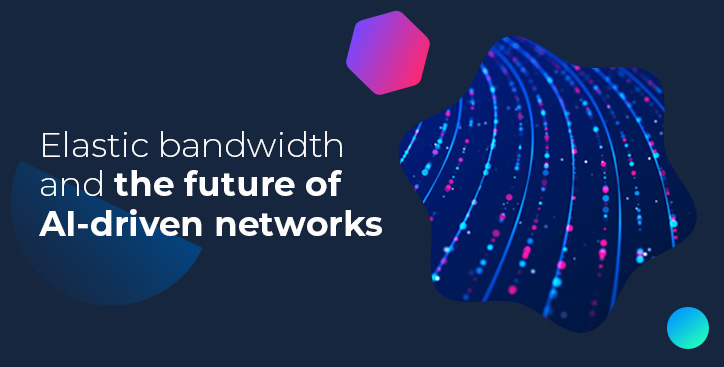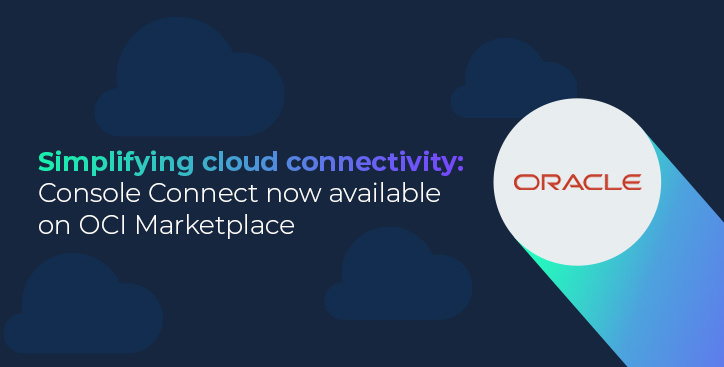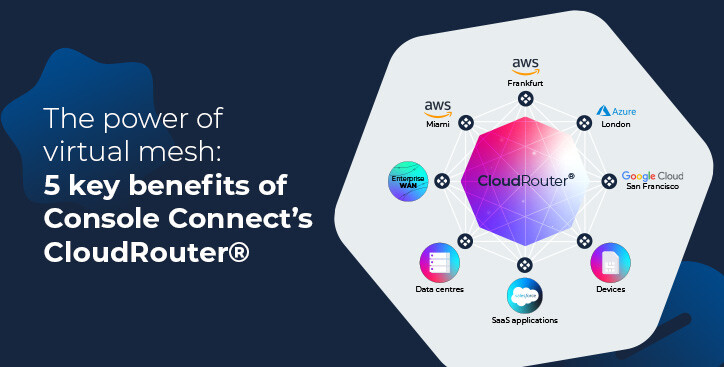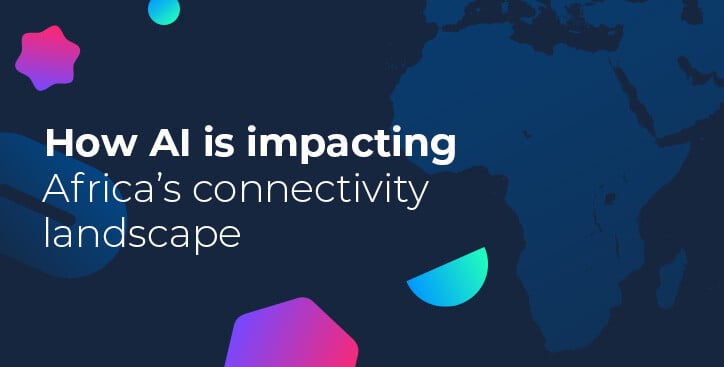If SDN Is The Goal, SD-WAN Is The Entry Point
By The Console Connect Team|20 June, 2019

Over the last several years, SD-WAN has gone from a much-anticipated technology to a widely adopted, commercially viable service. SD-WAN optimizes traffic across any kind of network connection: IP-MPLS, Broadband, Ethernet and 3G/4G, boosting business agility by enabling organizations to manage their WAN more flexibly and in real-time.
The potential of SD-WAN to unlock significant cost savings is also touted by many providers as a key benefit, given that public internet links are an order of magnitude cheaper than traditional MPLS – although not as predictable or secure.
The promise of SD-WAN is that it complements the existing high-quality but high-cost MPLS connection with high-bandwidth, lower-cost public internet service. By binding together different connections, whether over the public internet, a dedicated link, or mobile network, it’s possible to cost-effectively increase WAN capacity. One of the key benefits of SD-WAN is that non-critical traffic can be sent over the internet in an encrypted tunnel, freeing up capacity on the more resilient (and expensive) MPLS connection for mission-critical traffic.
Should SD-WAN complement or replace MPLS?
It’s possible that some locations, specifically those where managed bandwidth is not required or cannot be commercially justified, could even justify doing without MPLS access and solely use SD-WAN over public internet, which has led to much confusion and perhaps a misunderstanding of where SD-WAN fits in the connectivity portfolio. Such locations can still enjoy the security and application awareness of SD-WAN, but the connectivity will be subject to the public internet’s erratic behavior.
Even so, a recent survey by Juniper Networks of 500 IT decision makers found that 98 percent of them are considering using SDN, to which they see SD-WAN as the main entry point.
What SD-WAN enables is a true hybrid WAN. With more and more enterprise applications moving across the internet, businesses are adding more commodity internet into the traditional WAN mix to better balance network performance with price. The result is increased overheads in terms of network management, configuration and orchestration. The SD – Software Defined – part of the WAN technology is where benefits of network orchestration are to be exploited.
SDN is changing business models
In the past, for each functional network component the customer required, there may well have been a separate CPE appliance: a router from vendor A, a firewall from vendor B and a load balancer from vendor C, for example. Of course, these were all proprietary devices that didn’t talk to each other. SD-WAN capitalizes on the technological gains made by network function visualization (NFV).
That is to say a general purpose x86 server at the customer site is capable of running all network component functionality as a software application – a routing application, a firewall and a load balancer all running on this same server. This saves on hardware maintenance costs, but more importantly unlocks the benefits of much deeper automation and integration, giving network managers the ability to use a single portal to modify firewall or load balancing rules, or change other settings in real-time.
Software-defined is not merely deploying new features and tools; it is about rethinking how we operate in a world of software-driven tools. This sentiment was evident among many businesses surveyed in the Juniper study, with 25 percent seeing job enhancement as one of the downstream effects of SDN. While automation is often considered a threat, many IT professionals are actually viewing it as an opportunity to spend less time on administrative tasks and focus on strategic initiatives and innovation.










